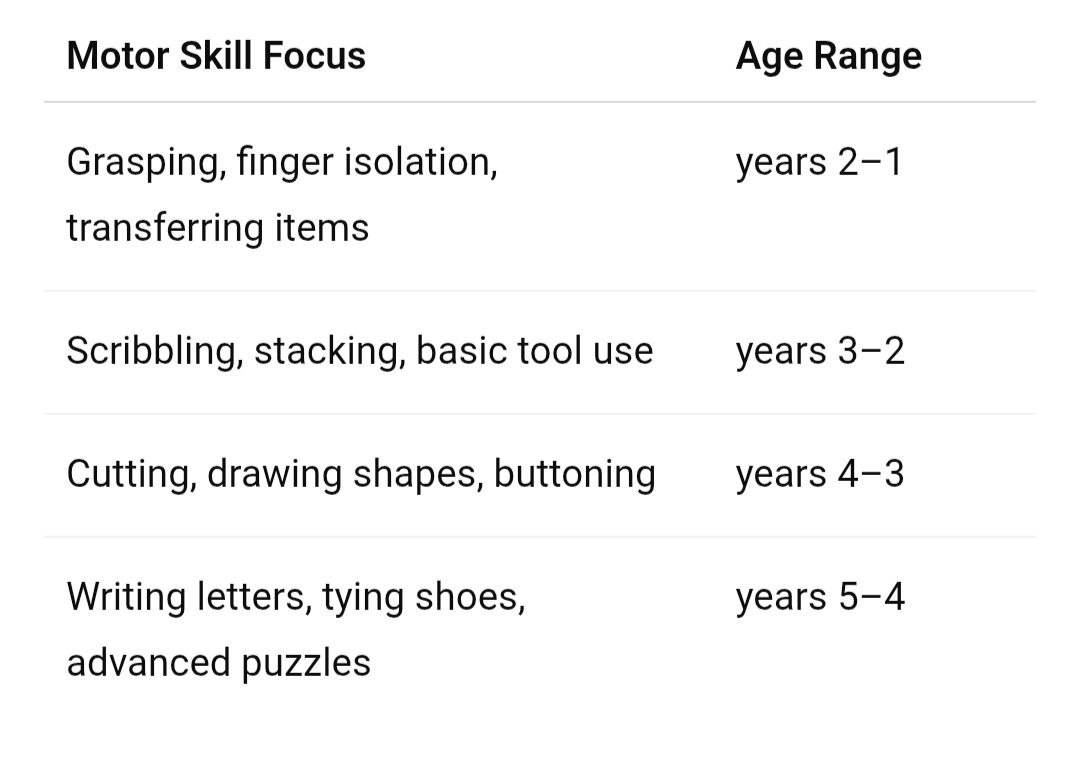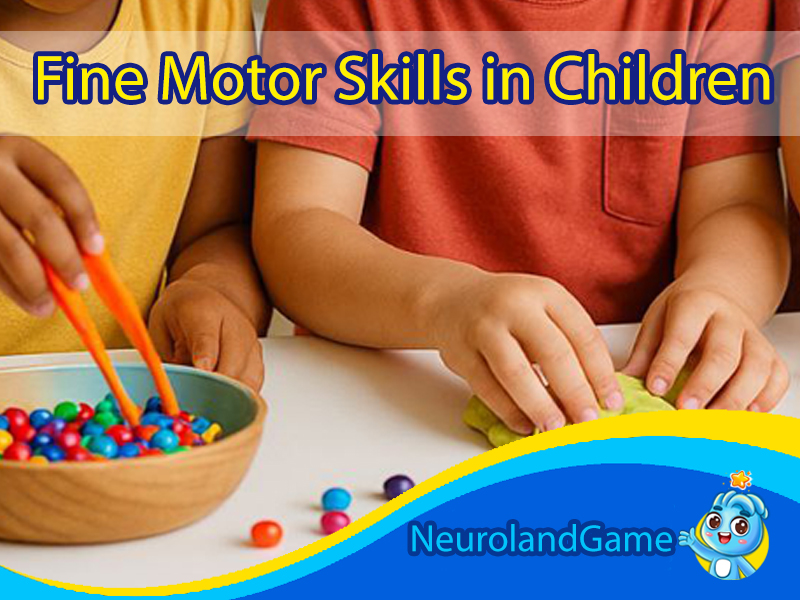Best Activities and Games to Strengthen Fine Motor Skills in Children
Introduction: Why Fine Motor Skills Matter
Fine motor skills are the small movements of the hands, fingers, and wrists that allow children to grasp, hold, and manipulate objects. These skills are essential for daily tasks like buttoning a shirt, writing with a pencil, cutting with scissors, and even using utensils. Strengthening fine motor skills early in life helps children become more independent and confident.
Whether you’re a parent, teacher, or occupational therapist, incorporating the right fine motor skill activities into a child’s routine can make a huge difference in their developmental milestones. Read this article of Neuroland to learn the best ways of strengthening fine motor skills for toddlers.
Key Benefits of Strengthening Fine Motor Skills
- Improved hand-eye coordination
- Better handwriting and pencil control
- Increased independence in self-care tasks
- Enhanced school readiness
- Support for children with sensory or motor delays
Understanding Fine Motor Development Stages
To choose the right activities, it’s important to understand developmental stages:

Top Categories of Fine Motor Skill Activities
1. Hand Strengthening Activities for Kids
These build muscle strength in the hands and fingers.
Playdough and Clay Play – Rolling, pinching, and squeezing
Squeezing Sponges – Transfer water between bowls
Clothespin Games – Picking up small items with clothespins
Tug of War (Miniature) – Using fingers and strings
2. Fine Motor Games for Toddlers
Designed for younger children to build early dexterity.
Pom Pom Sorting – Use tweezers to sort by color
Sticker Play – Peeling and placing stickers on lines or shapes
Shape Pegboards – Fitting pegs into matching holes
Stacking Cups – Develops control and balance
3. Cutting and Tracing Activities
Ideal for preschoolers learning to control tools.
Cutting Lines and Shapes – Start with straight lines, then zigzag
Tracing Letters and Shapes – Use high-contrast templates
Connect the Dots – Improves visual motor integration
4. Sensory-Based Motor Play
Engages both the tactile system and fine motor control.
Sensory Bins – Rice, beans, or sand for digging and scooping
Water Beads – Picking up slippery beads with fingers or tools
Lacing Cards – Threading yarn through holes
5. Fine Motor Toys and Tools
Using the right tools can accelerate motor skill development.
Tongs and Tweezers Sets
Building Blocks and LEGO
Magnetic Tiles
Busy Boards (with zippers, buttons, switches)
Recommended by Occupational Therapists
Occupational therapists frequently use structured motor play to support children with developmental delays or sensory issues. Games like:
- Theraputty Resistance Exercises
- Finger Isolation Exercises (pointing, tapping, poking)
- Adaptive Scissor Tools
Printable and DIY Fine Motor Resources
You don’t need fancy equipment! Some easy DIY ideas:
- Hole Punch Art – Create patterns with a handheld punch
- Button Snake – Practice buttoning with felt shapes
- Pasta Threading – Use dry pasta and string
Tips for Parents and Educators
- Start with simple activities and gradually increase complexity.
- Ensure the child is sitting in a stable position with good posture.
- Make it playful and avoid pressure – learning through fun is most effective.
- Consistency is key – short, daily practice beats long, infrequent sessions.
Conclusion: Helping Little Hands Do Big Things
Strong fine motor skills are the foundation for success in both school and daily life. With the right games, activities, and a little creativity, you can support your child’s development in a fun and meaningful way.
Whether you’re looking for toddler fine motor games, preschool activities, or OT-approved exercises, there are endless ways to make fine motor development engaging for every child.







